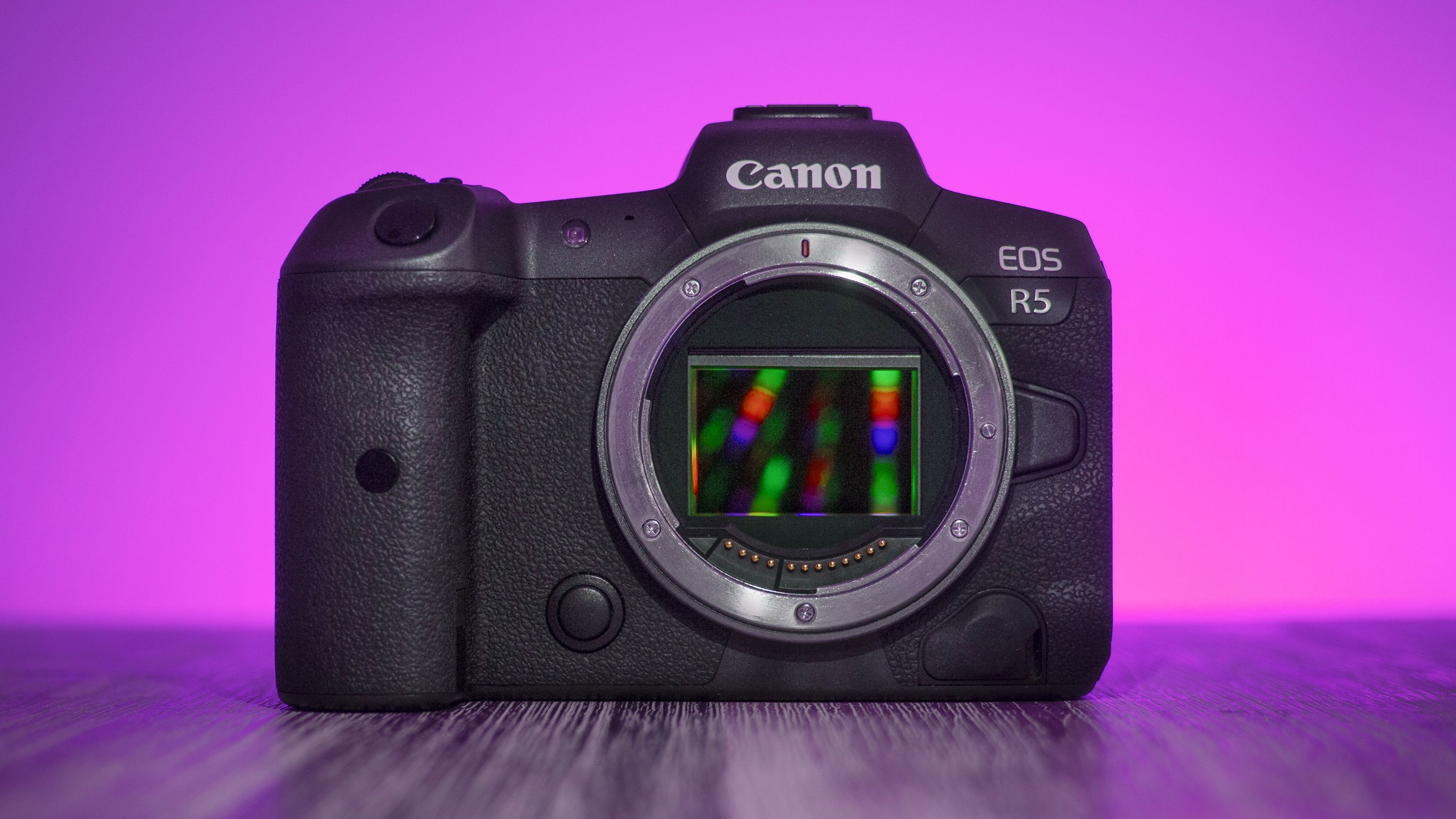Ever thought you’d glimpsed an eerie pair of glowing eyes in your headlights? You may not have been imagining it. This phenomenon is the result of a little-known but fascinating biological adaptation. And here’s a shot that showcases it in stunning macro detail.
German photographer Ivo Niermann’s picture of a noctuid moth took runner-up honors in the Other Animals category of the GDT European Wildlife Photographer of the Year competition. His image captures something many people don’t realize insects possess: eyeshine caused by the tapetum lucidum. That’s the same reflective layer behind the retina that makes cats’ and deers’ eyes glow when caught in electric light at night.
While the tapetum lucidum is well-known in mammals, it’s less commonly known that insects and spiders exhibit this effect too. Niermann’s image captures a nocturnal moth head-on, its compound eyes blazing with an otherworldly golden glow against a deep blue background. And as you might expect, this was an image that required precise technical execution to pull off.
Best picks for you
The difficulty with capturing eyeshine is that the light source must be nearly coaxial with the lens; essentially in line with the optical axis. This isn’t something standard macro flash setups can achieve effectively, so Niermann constructed a custom LED light source specifically for this shot.
His DIY approach allowed him to position the illumination exactly where it needed to be to bounce light back from the moth’s reflective eye structures.
To take the shot, Niermann chose the EOS R5, Canon‘s mirrorless powerhouse, which combines 45MP resolution with sophisticated autofocus and robust performance. That high resolution is critical for this kind of extreme close-ups, where even the tiniest features need to be rendered sharply.
Meanwhile, the R5’s 5,940 Dual Pixel CMOS AF II points offer exceptional focus accuracy; handy when working at magnifications where depth of field can be measured in millimeters.
His lens choice was a Canon 180mm f/3.5 macro, a specialist optic designed for high-magnification work. But Niermann didn’t stop there; he added a Raynox DCR-250 close-up lens attachment, turning the already capable macro lens into an even more powerful magnification tool. The DCR-250 is particularly well-regarded for its sharpness and minimal chromatic aberration.
The Canon EOS R5 combines unsurpassed stills with fantastic, frustrating but improved video (Image credit: James Artaius)
Niermann shot at ISO 1000 and f/5.0; settings that reveal the delicate balance required for this kind of work. The relatively high ISO suggests he was working with limited light despite his custom LED setup, probably to avoid disturbing the moth’s natural behavior or overwhelming the delicate eyeshine effect with too much illumination.
The f/5.0 aperture, meanwhile, is fairly wide for macro work, where photographers often stop down to f/11 or smaller to gain depth of field. Niermann’s choice suggests he was either prioritizing shutter speed, to freeze any movement, or deliberately choosing a shallower depth of field to isolate the moth’s glowing eyes and antennae against the smooth, dark background.
Don’t miss these
One imagines the Canon EOS R5’s 8-stop in-body image stabilization would have been invaluable here, helping to eliminate camera shake at the extreme magnifications where even breathing can cause blur.
The resulting image is both scientifically fascinating and visually arresting. The moth’s eyes dominate the frame with an almost supernatural quality, while the soft focus on the body and the deep blue tonality create an atmospheric, otherworldly feeling.
The careful exposure preserves detail in both the bright eyeshine and the darker surrounding features.
Many people will never see this effect in insects because it requires nearly perfect lighting alignment; your torch or headlamp beam needs to be almost exactly in line with your eyes. Niermann’s custom lighting rig solved this problem, allowing him to effectively reproduce the phenomenon.
For anyone interested in macro work, it’s all a demonstration that sometimes the most compelling subjects aren’t exotic species in distant locations, but common creatures seen in an uncommon way.
The result is an image that educates viewers about nocturnal biology while captivating them with its mysterious beauty.
Browse the best cameras for macro photography and the best macro lenses.
Looking for competitions to enter? Here are 10 global photo contests now open for entries from November to January.
Today’s best Canon EOS R5 deals


